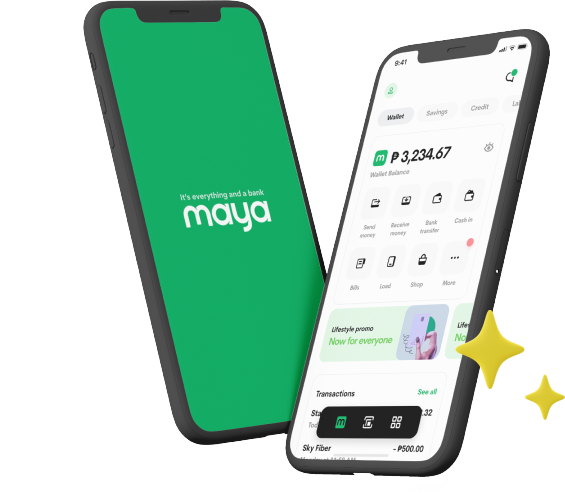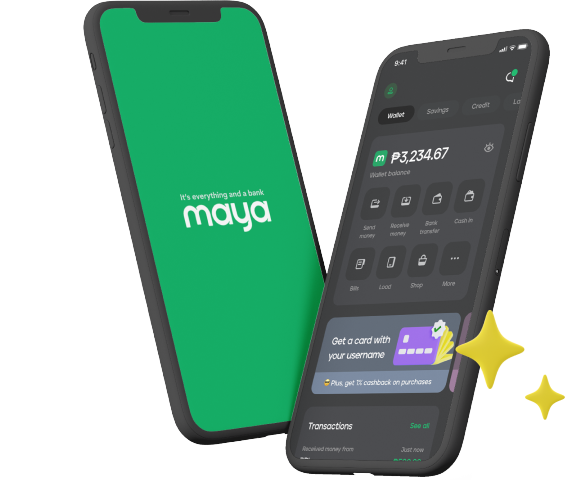
A dual-income household offers greater financial flexibility compared to a single-income one. With two sources of income, managing daily expenses and saving for the future become easier. However, to maintain this financial advantage, it’s important to coordinate all expenses—including those made with credit cards.
When both partners use credit cards independently without proper planning, it can lead to duplicate purchases and difficulty in keeping track of payments. Over time, this can result in financial strain, which can outweigh the benefits of having two incomes. That’s why credit card management needs to be a shared effort.
Having said that, consider these practical strategies to help manage credit cards effectively in your dual-income household.
1. Assign Responsibilities for Credit Card Payments
One way to manage credit cards in a dual-income household is to decide who will be responsible for managing credit card payments. Without a clear plan, there is a risk of missing due dates, which can lead to late payment fees and interest charges. Some couples prefer to have one person handle all credit card payments, while others divide responsibilities based on income or the type of expenses.
For example, one person may take charge of household bills and groceries, while the other covers dining or entertainment. With clear payment responsibilities, both partners can ensure that bills are paid on time, avoid unnecessary penalties, and maintain a good credit standing. Moreover, stay informed on how to pay for your credit card balances.
In the case of Maya credit card payments, you can pay for your outstanding balances on the Maya app. Simply log in and go to “Cards”. Then, select your credit card and tap the “Pay” button. Make sure to review the amount to be paid and change it if needed. Complete the payment by tapping “Pay now.” Before settling the credit card payment, make sure you have enough funds in your Maya Wallet to complete the transaction.
2. Use Credit Cards Strategically for Specific Purchases
Credit cards offer various benefits such as cashback, travel miles, and exclusive discounts, and using them strategically can help a household maximize savings. The key is to match the right credit card with the right type of purchase. If you or your partner travel often, a credit card that provides travel perks, such as free lounge access or airline miles, can help you save on travel expenses.
On the other hand, if you frequently spend money on essential household items, a credit card that offers cashback for these purchases would be beneficial. Such is the case with the Landers Cashback Everywhere Credit Card. It gives you up to 5% cashback at Landers, 2% on dining spends, and 1% on all other qualified transactions.* Once you earn enough, these points can be converted into cashback vouchers that you can use at any Landers Superstore nationwide.
3. Set Monthly Spending Limits and Budget Wisely
Having two sources of income combined with access to credit cards can sometimes lead to overspending. To encourage responsible credit card usage, it’s important to set monthly spending limits based on the household’s combined income and financial obligations. Start by creating a detailed budget that accounts for fixed expenses, savings, and discretionary spending to track where your money goes.
It’s also a good practice to set a maximum amount that can be charged to credit cards each month. This ensures that both partners do not spend beyond what they can afford to pay in full by the due date. With a Maya credit card, you can do more than that. You can set spending limits for different types of credit card transactions on the Maya app, including your daily spending limit, foreign transactions, online payments, contactless payments, and cash advances.
To access and manage your spending limits, log in to Maya and go to “Cards.” After selecting your credit card, tap Security Center tile to open the “Limits and controls” screen. Then, set your preferred spending limits.
4. Review and Discuss Credit Card Statements Together
Another effective way to maintain transparency and accountability in a dual-income household is to regularly review and discuss credit card statements. Doing this together allows both partners to keep track of household spending, spot any unauthorized transactions, and identify areas where expenses can be reduced.
It also serves as an opportunity to assess whether credit cards are being used efficiently and whether adjustments need to be made. If one partner is overspending or not sticking to the agreed-upon budget, these discussions can help address the issue before it becomes a financial burden. Additionally, reviewing statements together fosters financial awareness and ensures that both partners are actively involved in managing household finances.
5. Consider Having Separate and Shared Credit Cards
Having a combination of separate and shared credit cards can be a practical approach to managing finances in a dual-income household. While there are no true joint credit cards where both partners share equal ownership and responsibility in the Philippines, couples can opt for supplementary credit cards, which allow one partner to be the primary cardholder while the other receives an additional card linked to the same account. This setup enables households to consolidate spending under one account while still giving each partner access to credit. A supplementary credit card can be useful for managing shared expenses such as groceries, utilities, or subscriptions.
At the same time, maintaining separate credit cards can offer financial independence while ensuring that personal expenses do not interfere with shared financial goals. This setup works well when both partners agree on how to divide expenses and are disciplined about managing their individual accounts. Regardless of whether a couple chooses supplementary cards, individual cards, or both, open communication and transparency are essential to prevent financial surprises and keep household finances in check.
In a dual-income household, managing credit cards is more than paying bills on time—it’s about creating a system that works for both partners. If you haven’t already, take the time to sit down with your partner, assess your current credit card habits, and establish a plan that benefits both of you. When you have a well-managed financial system in your household, it keeps credit card expenses under control and strengthens your financial future together.
*Transactions that don’t qualify include: cash in, cash advance, quasi cash purchases, casinos and gambling, fuel, supermarket, pharmaceuticals, utilities, telco, and government.
You might also like
These Stories on Maya Bank




